In Beaufort for July 4th? Union troops occupied these historic homes during the Civil War
Strolling on Bay Street, Beaufort locals and tourists alike meander through the city’s shops, fighting this year’s oppressive Fourth of July heat.
They might stop to admire a historic building, point out iron railings or debate the type of columns on the well-known John Mark Verdier House. If they can squint well enough at the small metal plaques or stop to read the white signs in the front of the buildings they might discover a little-known piece of history about Beaufort’s memorable past, in what year the homes were built and that the John Mark Verdier House columns are actually Corinthian.
During the War, Beaufort was the first southern city conquered by Union forces after the U.S. Navy victory in Port Royal Sound in 1861. The city became the U.S. Army’s headquarters and most of the buildings were converted into Union Army hospitals.
To save your searching, and your eyes, here are five of the most prominent houses with direct Union troop involvement during the Civil War, and their abbreviated histories according to the Historic Beaufort Foundation.
1. Milton Maxcy House “Secession House”
1113 Craven Street
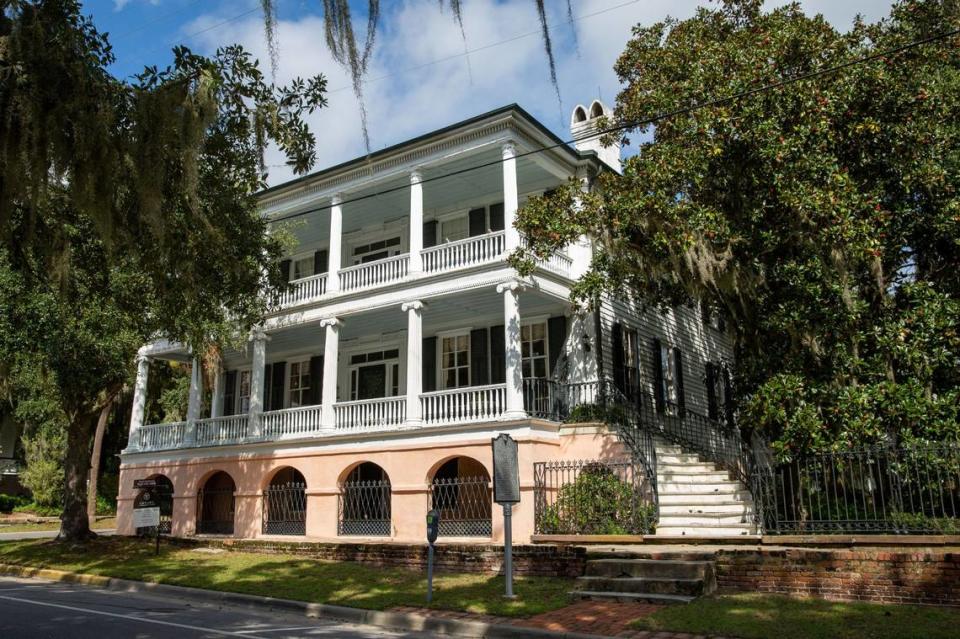
This home was built around 1810 by Milton Maxcy, who opened a boys’ school on the property. It was remodeled around 1850 by leading South Carolina secessionist Edmund Rhett, and it turned into the scene of many informal discussions and formal meetings during the 1850s by the Rhetts and their allies advocating secession and Southern independence. On the basement wall there is an inscription that reads “In this house the first meeting of Secession was held in South Carolina.”
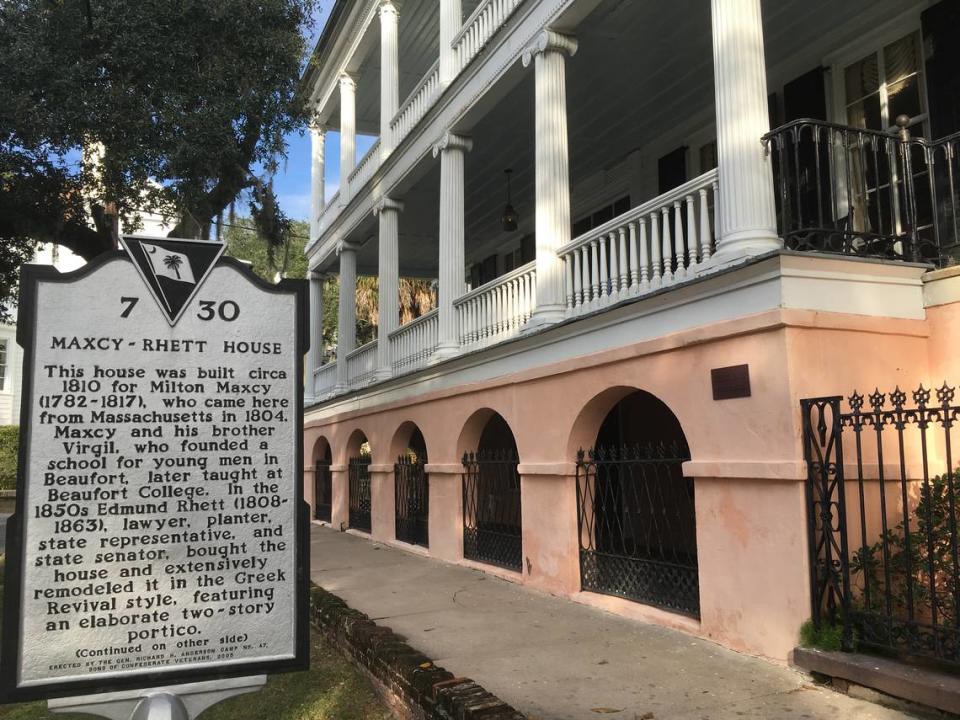
During the Civil War, Union Troops were billeted at this home during the occupation, meaning the private home was required to house soldiers for a period of time. The plastered walls of the ground floor passage remain untouched with graffiti left by the troops.
2. John Mark Verdier House
801 Bay Street
This Federal-style mansion was built around 1810 by John Mark Verdier, and it was one of the first residences on Bay Street.
In 1861, following the Battle of Port Royal, most white occupants of Beaufort fled in fear of Union occupation. Widow Caroline Verdier and her daughters left Beaufort for their lands in Gadsden County, Florida. During this time, Union troops occupied the town and, as a result of Caroline Verdier’s failure to pay property taxes to the Federal government, her property was seized.
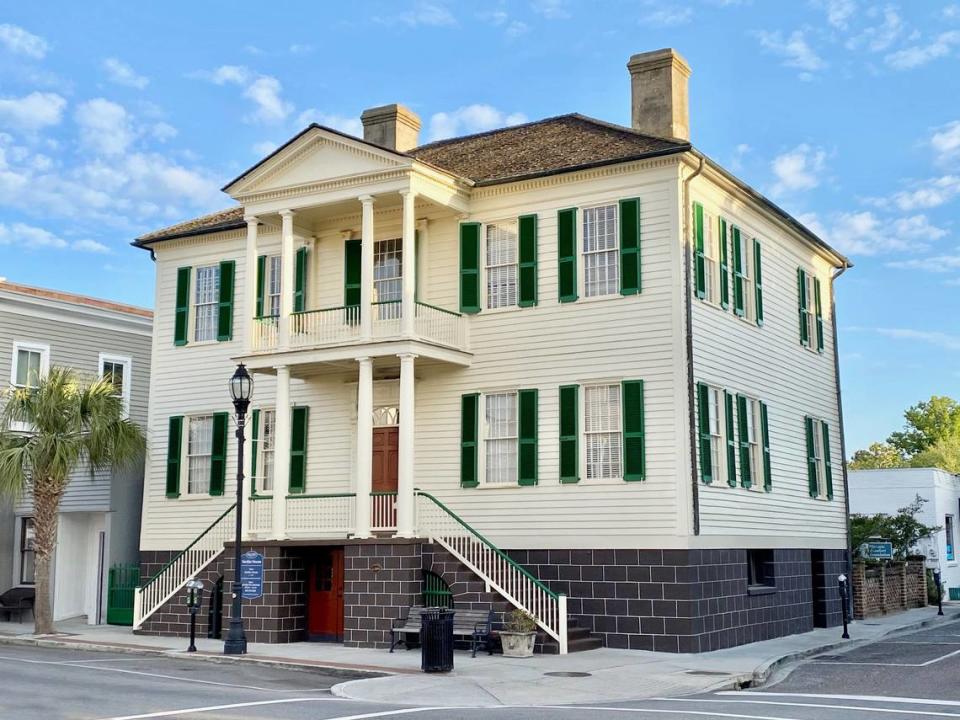
The Verdier House was saved from the auction block in 1863 as it was being utilized as the Adjutant General’s Office. In November of 1865, Caroline Verdier wrote to Union Maj. Gen. D. H. Shikler, requesting her property to be returned, especially mentioning her “mansion house in Beaufort” used by the Treasury Department. By 1867, she had regained ownership of the house on Bay Street but remained in Florida until her death.
Now, the building homes the Historic Beaufort Foundation.
3. The George Parsons Elliott House
1001 Bay Street
This Greek Revival-style home was built around 1844 for one of Beaufort’s oldest, most prominent and well-connected families.
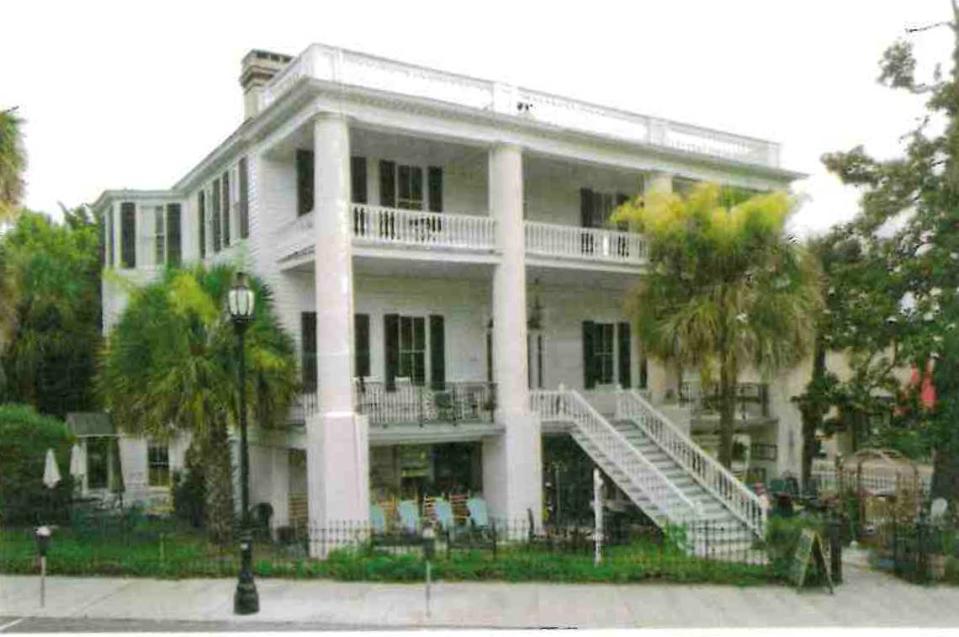
Shortly before the Civil War, Elliott sold his home to Dr. William Jenkins, who enslaved over 1,500 people and was one of the richest men in Beaufort. Confiscated and converted into a hospital during the Federal occupation, the house still has Civil War graffiti where Federal troops left their names, dates and drawings of soldiers on the plaster.
After the War, the home sold in a tax auction to George Holmes, a northern speculator who became Beaufort’s mayor during Reconstruction.
4. John Joyner Smith House
400 Wilmington Street
This home was built around 1825, by planter John Joyner Smith who used his wealth from the times following the cotton boom of the 1810s-20s.
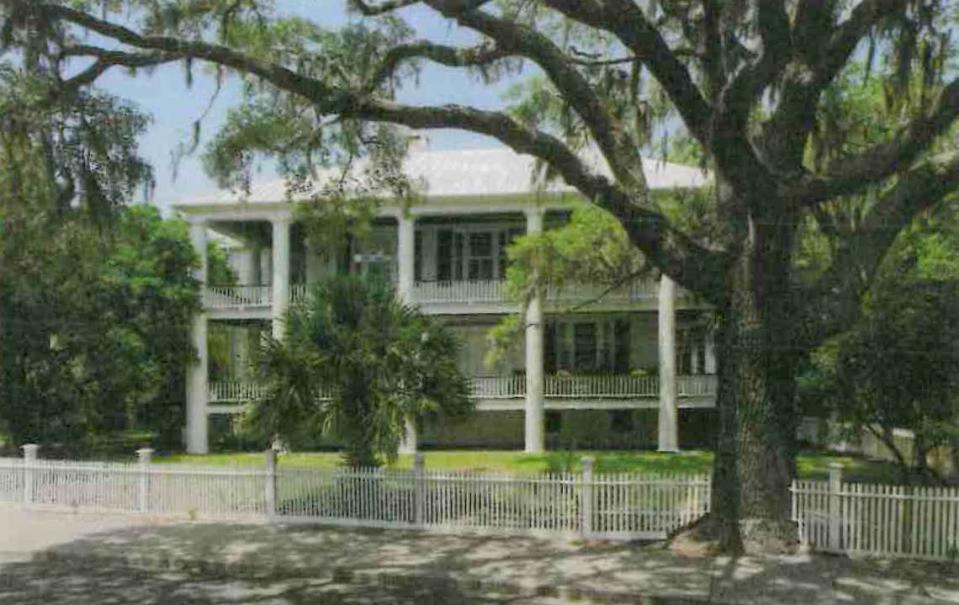
Brig. General Issac Steven’s troops stayed in the home for the duration of occupation following the Union invasion. An aide wrote to his mother describing it as “extremely elegant... Personally I wish the owners were back in their home.” Smith lost his home to Union troops, and his 700-acre plantation at Old Fort on Port Royal Island, a tabby colonial fort, was occupied as Camp Saxton, housing white and newly-formed Black units.
The Smith plantation was the site of one of the earliest readings of the Emancipation Proclamation to Black people in the South. Much of the site still remains Federal property and home to a U.S. Naval Hospital.
5. Captain Edward Barnwell House
1405 Bay Street
This home was built by Edward Barnwell, a plantation owner whose main plantation was at Kean’s Neck, west of Beaufort, across the Whale Branch River. He built this antebellum home during the first Sea Island cotton boom.
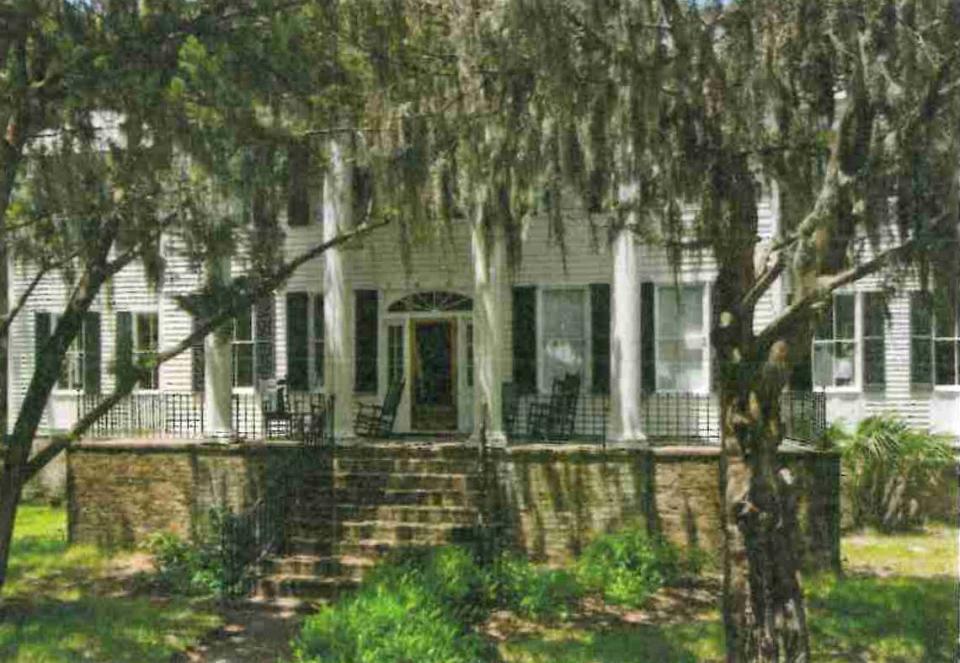
During the Civil War Federal officers use the house as quarters. They flattened one of the chimneys and erected a large platform on the root from which the signal officer could send messages to naval vessels anchored downriver.

